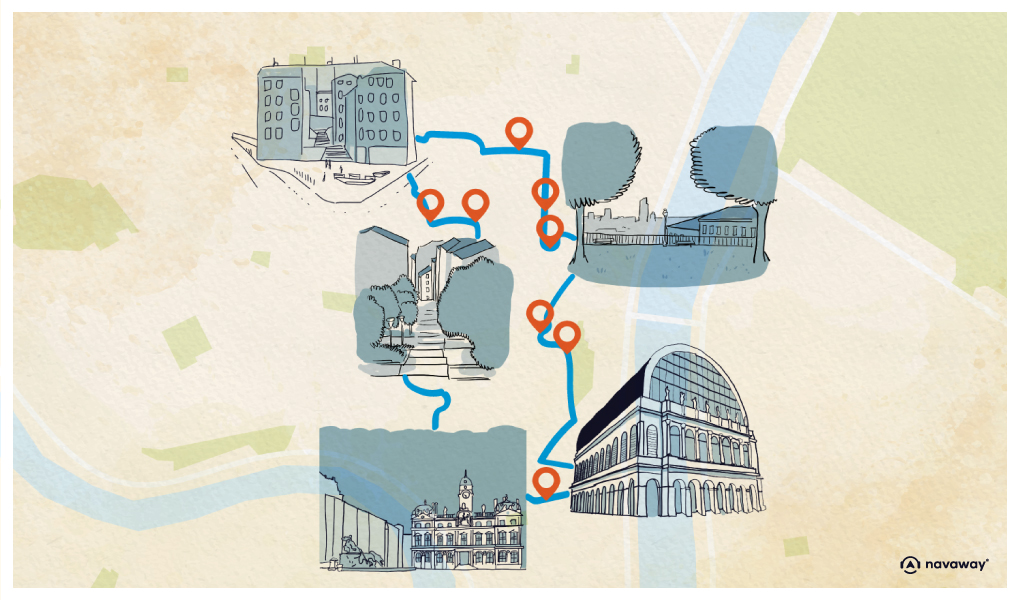
Le Chant des Canuts
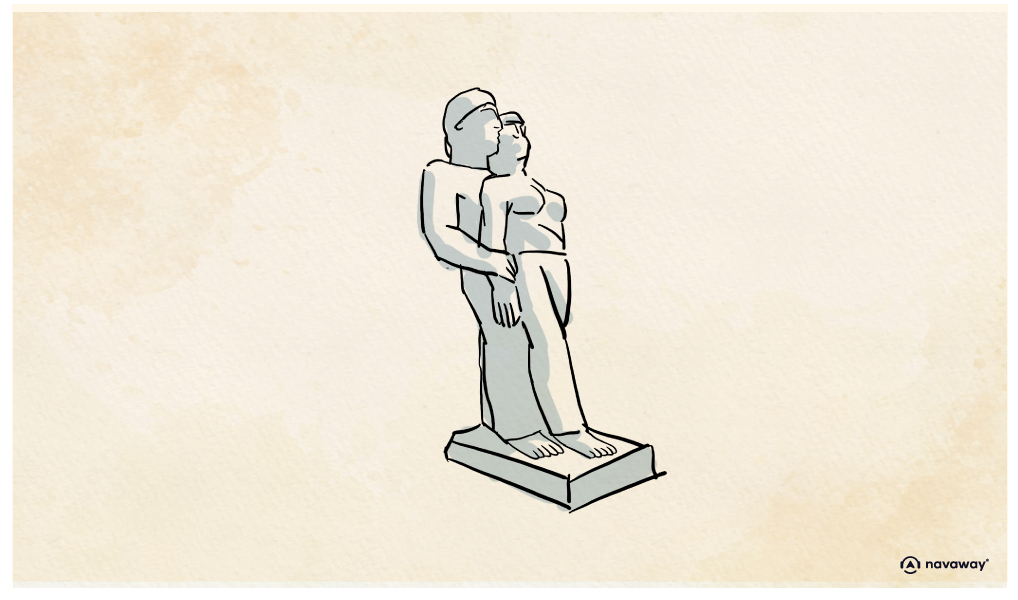
This point of interest is available as audio on the tour: Visit Lyon, Into the world of the silk weavers
The Place des Tapis takes its name from the grassy slopes at the foot of the ramparts, known as “carpets”. In the heart of Croix Rousse, this modern and convenient space enables inhabitants to meet, rest and chat. Here you will find a statue called “Le Chant des Canuts” (The Song of the Canuts), representing two lovers singing the anthem of the Canuts’uprisung, composed by Aristide Bruant. The insurrection tool place between 1831 and 1834, following the economic crisis that hit the silk industry in Lyon. Croix Rousse being a district with a history of social uprisings, the Canuts were at their forefront in the first half of the 19th century. But let’s go back to the basics: the Canuts were silk weavers who settled in Croix-Rousse in the 19th century to develop their activity, wich at the time was on the rise. It should also be noted that Lyon became the first industrial city in France thanks to the success of its silk industry. As you can gather, the city owes a lot to the silk workers’ community. Yet the Canuts’ were often subject to poor and unfavorable working and living conditions. Indeed, their income was dependent on the number of pieces they could sell. Their days were long, the market was difficult, and at times demand for silk products was low. In the context of the silk industry economic crisis of 1831, the “canuts” staged their first uprising. They demanded the implementation of a minimum price that would guarantee their wages at the end of the month. Although their demand was accepted, it was not effectively implemented. They decided to come down from Croix Rousse, and go out to protest and express their discontent. Several of them were killed or injured by the National Guard during this assembly. They armed themselves with picks, shovels and rifles to defend themselves. This was only the beginning of the Canuts’ revolt, which took the form of several uprisings in 1831, 1834, 1848 and 1849. This revolt created a sense of community among workers throughout France. Making them aware of their ability to assert their rights. It clearly influenced some major social thought movements that would later emerge, and had a significant impact throughout the country. This beautiful statue stands here, in the main square of the district, to honor these courageous people who stood up for themselves.

Discover other tours to visit Lyon

Discover Lyon with app
An interactive guide through the most beautiful streets, squares, and districts
16 fun audioguides full of historical facts, anecdotes, and legends
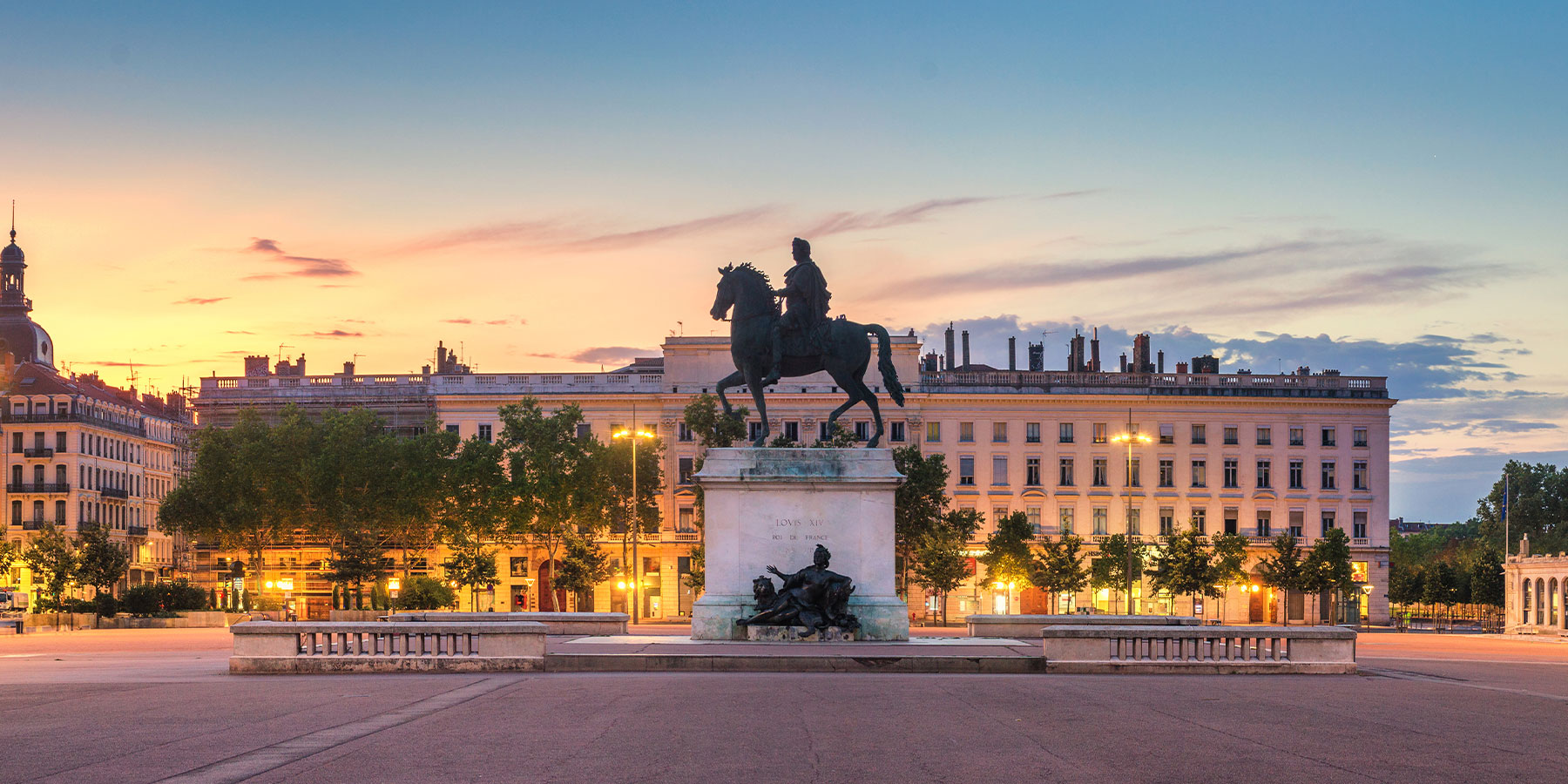
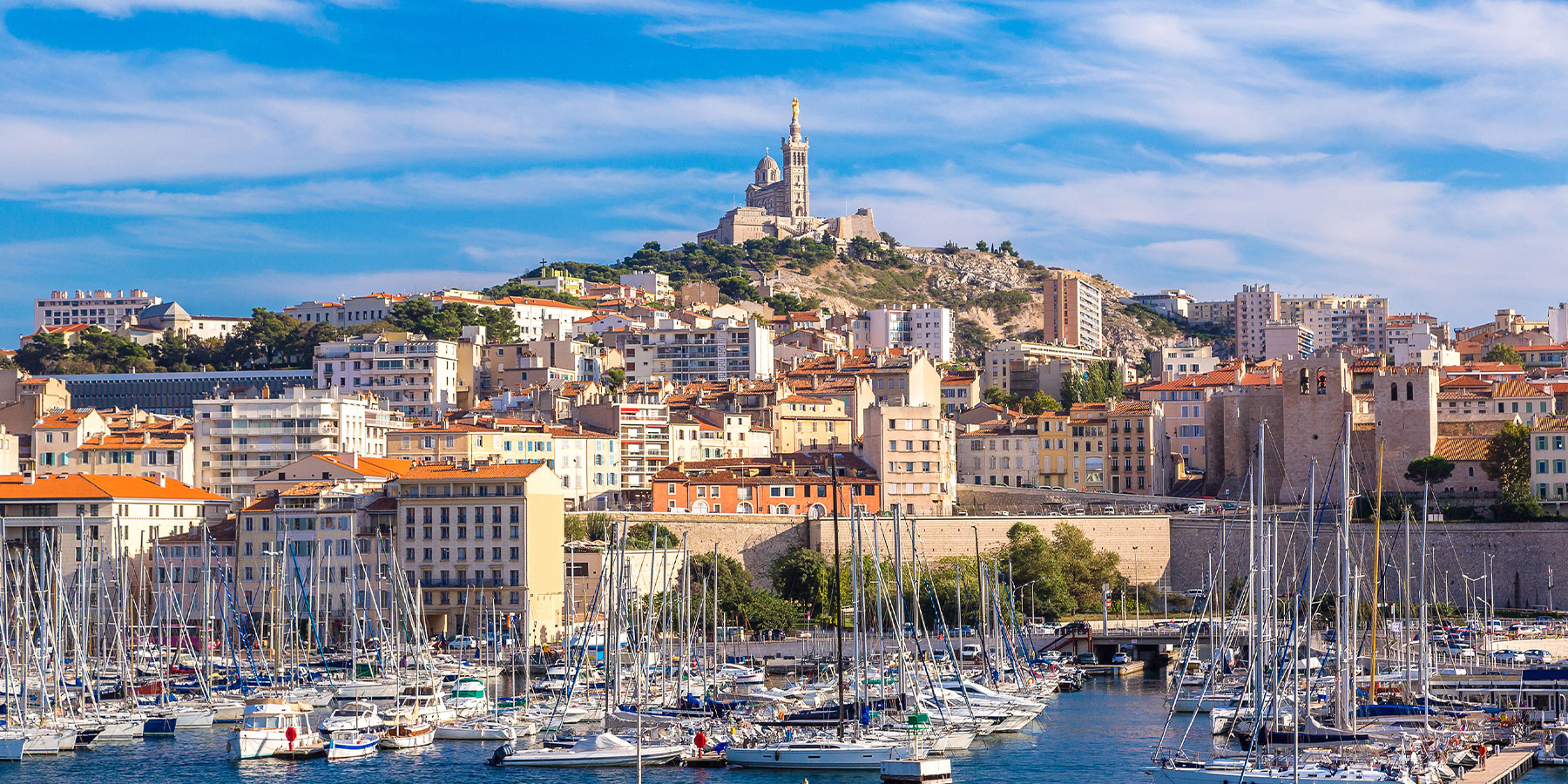
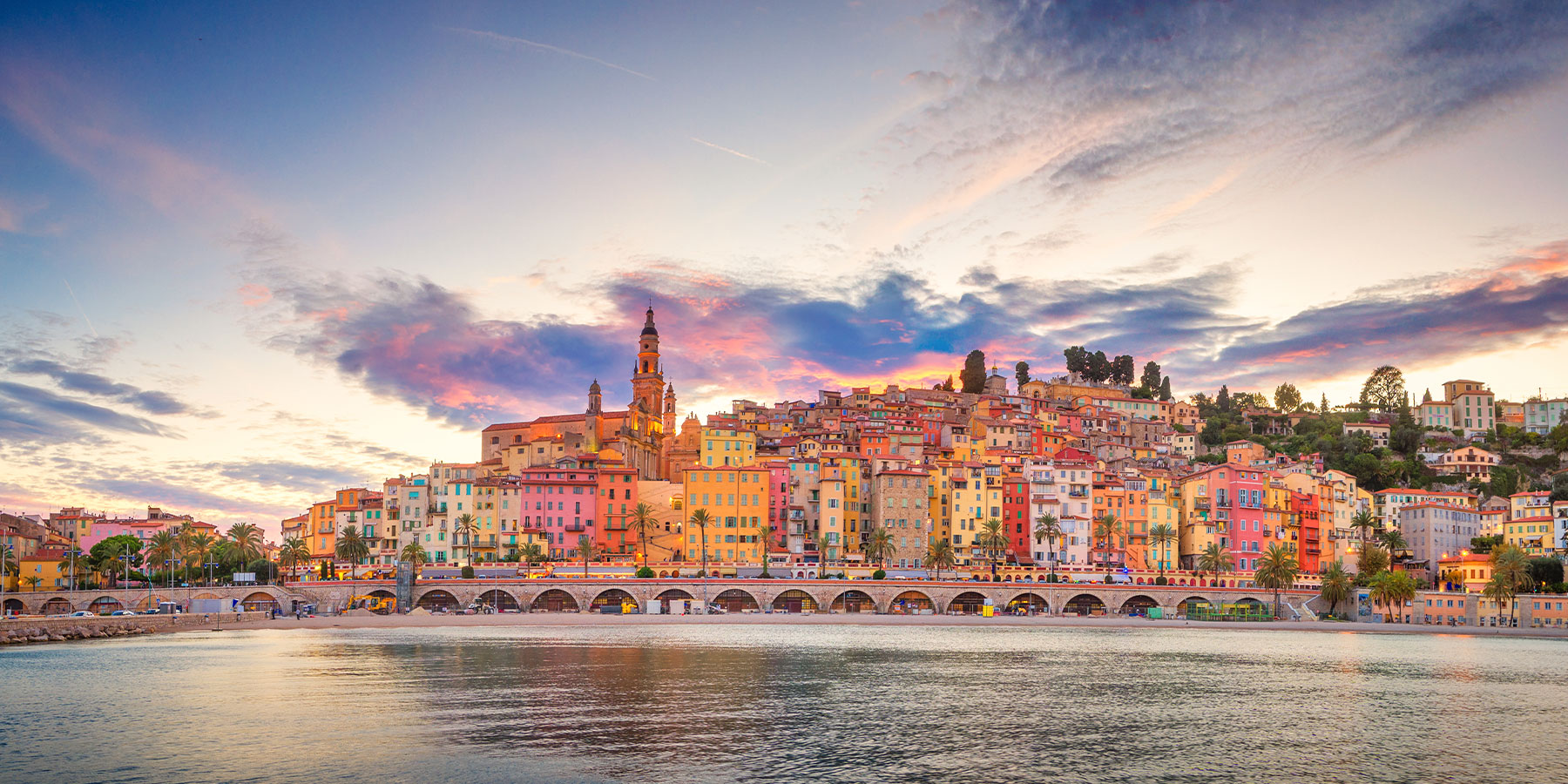
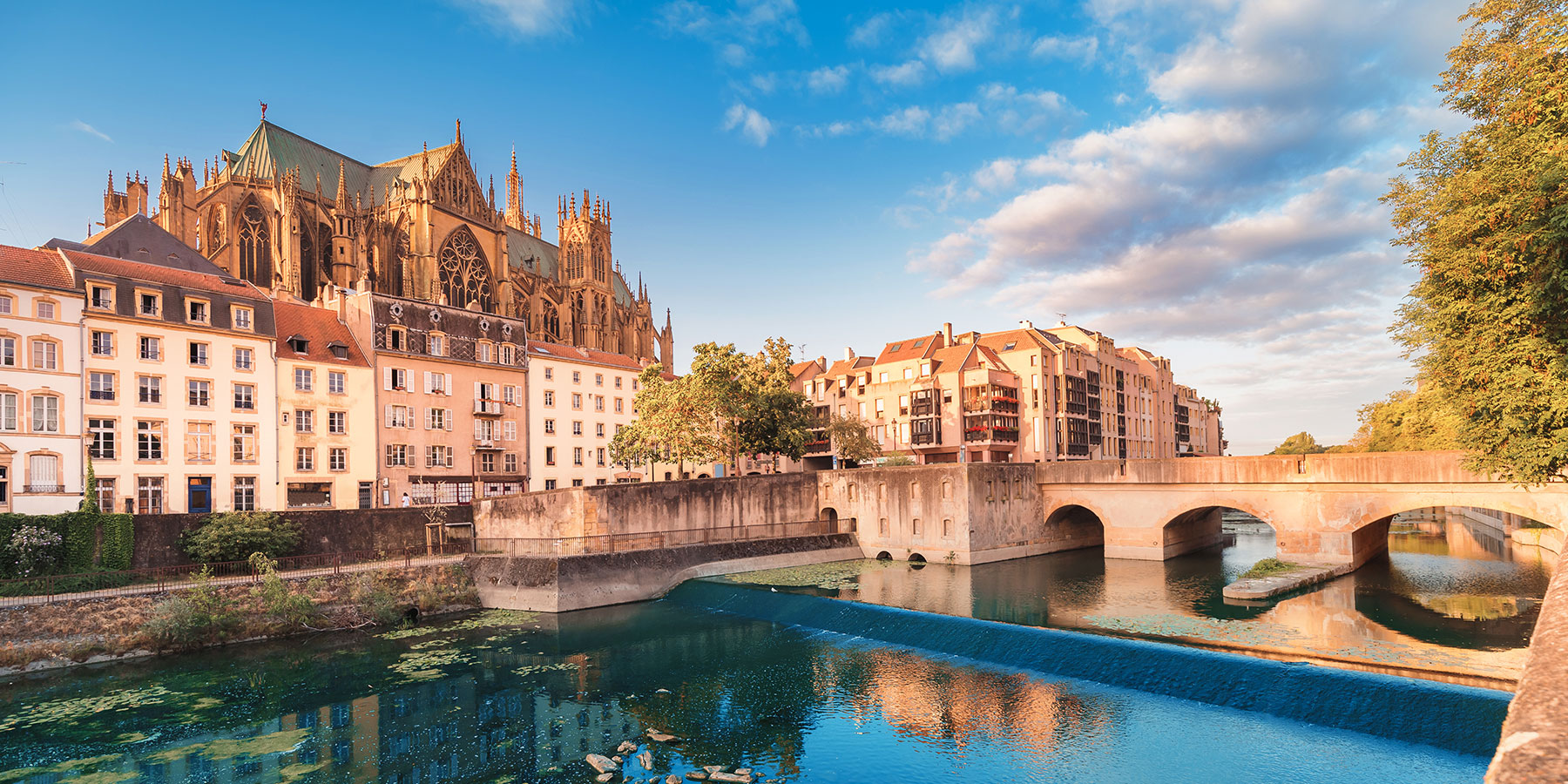


Comments